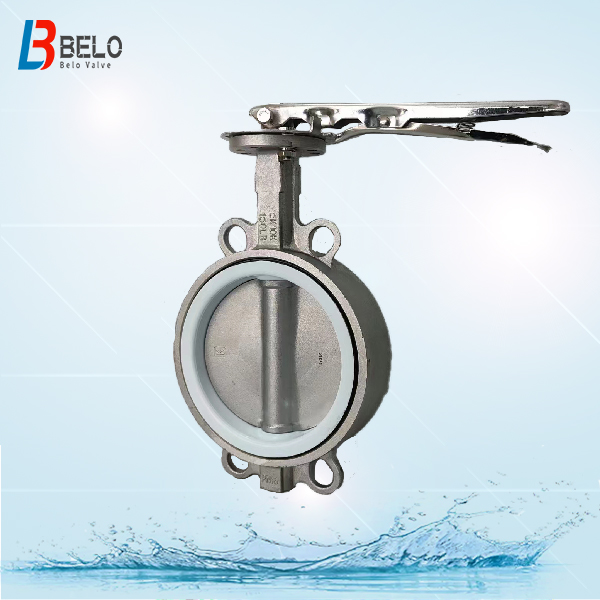Gate valve(sluice valve) is one kind of valve whose opening and closing part(valve disc) moves along the the vertical direction of the channel axis. It is widely used in the pipe line network to cut off the mediums flow, which is to achieve full open and close. Generally, the gate valve consists of valve body, valve seat, valve stem, valve disc, bonnet, sealing ring,etc.
The gate valve(sluice valve) is rarely used to regulate the flow rate. With different material used, the gate valve(sluice valve) can be used in low temperature and low pressure pipe line networks, also can be used in high temperature and high pressure pipe lines.
1. Classification of gate valve(sluice valve) by valve stem:
According to the type of stem, the gate valve/sluice valve can be divided into rising stem gate valve/sluice valve, non rising stem gate valve/sluice valve. The valve stem is the operating part of the gate valve/sluice valve, and its function is to transmit the opening and closing force to the opening and closing part.

1.1 The valve stem trapezoidal thread of the rising stem gate valve/sluice valve is placed outside of the valve body, and is located on the upper part of the valve stem. By rotating the valve stem nut, the valve stem drives the valve disc to rise and fall synchronously to realize the opening and closing of the gate valve/sluice valve. So it is easy to identify the opening and closing of the gate valve/sluice valve, to avoid mis-operation. Since the stem nut is outside the body cavity, it is convenient for lubrication, and the opening and closing state is intuitive and obvious, so the rising stem gate valve/sluice valve is widely used. But in harsh environments, the exposed threads of the valve stem are susceptible to damage and corrosion,which can even affect the operation. The disadvantage of rising stem gate valve/sluice valve is that the height of the valve after opening is large, one stroke is usually added on the basis of the original height of the gate valve, so a large operating space is required for rising stem gate valve/sluice valve.
1.2. Non rising gate valve/sluice valve is also called rotating stem gate valve/sluice valve(also known as non rising stem wedge gate valve/sluice valve),the stem nut is placed inside the valve body, and connect direct with the mediums, and generally is fixed on the valve disc. Through the rotation of the valve stem, the valve stem nut drives the valve disc to do up and down movement to complete the opening and closing. Usually there is a trapezoidal thread at the bottom end of the valve stem, through the thread at the bottom end of the valve and the guide groove on the valve disc, the rotary motion is changed into a linear motion, that is, the operating torque is changed into an operating thrust. Since the trapezoidal thread for transmission is located inside the valve body, it is easily corroded by the mediums and cannot be lubricated, and the opening degree cannot be directly observed, and an additional indicating device is required. However, its valve stem does not move up and down, the required operating space of non rising gate valve is small, so it is suitable for occasions where the installation room is limited and the pipelines is dense.
2. Classification of gate valve(sluice valve) according to different standards:
The gate valve has national standard gate valve(sluice valve)-GB, American Standard gate valve(sluice valve)-API/ASME, German standard gate valve(sluice valve)-DIN, Japanese standard gate valve(sluice valve)-JS, British standard gate valve(sluice valve)-BS, Korean standard gate valve(sluice valve)-KS.
To be continued







